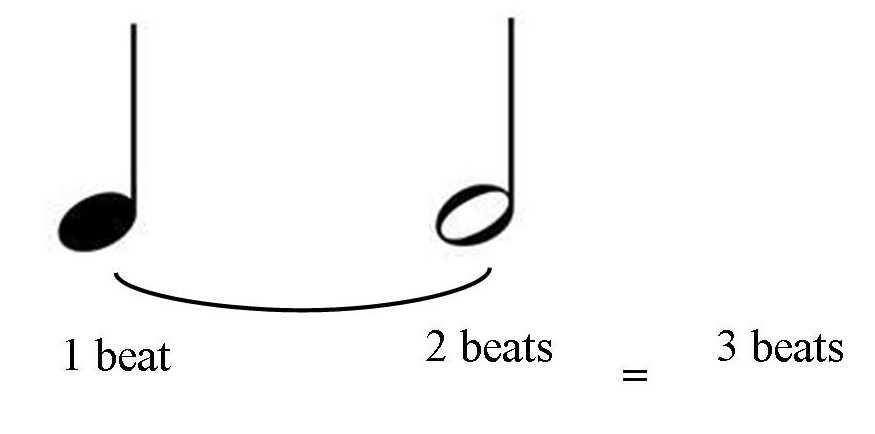

A 3/4 time signature indicates that there are 3 quarter notes in a measure. In other words there are 4 quarter notes in a measure. So in a 4/4 time signature, the top number indicates that there are four beats in a measure and the bottom number says that a quarter note gets one beat. Time signatures tell you the number of beats in a measure and the type of note that should get one beat. To help you better understand note and rest values, let’s talk for a short while about time signatures. This rest is of the same time duration as a half note. When you come across a 1/2 rest in a piece of music, you must pause for two beats. A 1/2 rest is half the length of a whole rest. A half rest is simply a rest that is twice as long in time duration as a quarter rest. We already looked at the quarter rest in another lesson. (Staff lines are numbered starting from the bottom). It looks similar to a whole rest, but the difference is that it sits above the third line while the whole rest hangs from the fourth line. It’s height is half the distance between lines. Highly Recommended: Click here for one of the BEST piano/keyboard courses I’ve seen online.Ī half (minim) rest is drawn as a filled-in rectangle sitting on top of the middle line of the musical staff. It’s the space between the notes that really makes the music come alive. Rests are often as important as the notes themselves. Notes and rests are musical symbols that tell you when to play and when not to play. It’s a period when one must stop playing. Please do not hesitate to contact us if you have any questions about the information covered on this article.Let’s learn about the half rest also called minim rest (British).įirst of all we need to understand what a music rest is. You do not use a minim rest on beats 2 and 3. Likewise, in 4/4, use a minim rest on the 1st and 2nd beats of the bar (see figure 11). In 4/4, you use a minim rest for the 3rd and 4th beats of a bar (see figure 10). However, there are exceptions to this rule: Exception 1: The basic rule with writing rests is to write a rest for each beat. Figure 7 demonstrates how four quavers are grouped together in 3/4.įigure 8, demonstrates the correct way to write groups of six quavers in 3/4. In 3/4, four or six quavers are joined together by a beam. Therefore, if a piece of music in 4/4 has 4 quavers in beats 2 and 3 of the bar, these should not be joined together. However, in 4/4, this is only done if the 4 quavers are in the 1st and 2nd beats of the bar (see figure 4) or in the 3rd and 4th beats of the bar (see figure 5). Figure 3 (see below) shows 4 quavers grouped together in 2/4 time. In 2/4 and 4/4, four quavers next to each other are joined together by a beam. That is, you can tell by looking at the music where each beat starts and ends. Notice how all three beats (made up of two quavers each) are clearly written. In figure 1, the quavers are divided clearly in beats 2 and 3 of the bar.įigure 2 is in triple metre. Quavers (also called eighth notes) should be grouped to form single beats. These rules make it easier for musicians to read rhythms more easily. In musical notation, there are rules in regards to the way you group notes and rests.


 0 kommentar(er)
0 kommentar(er)
